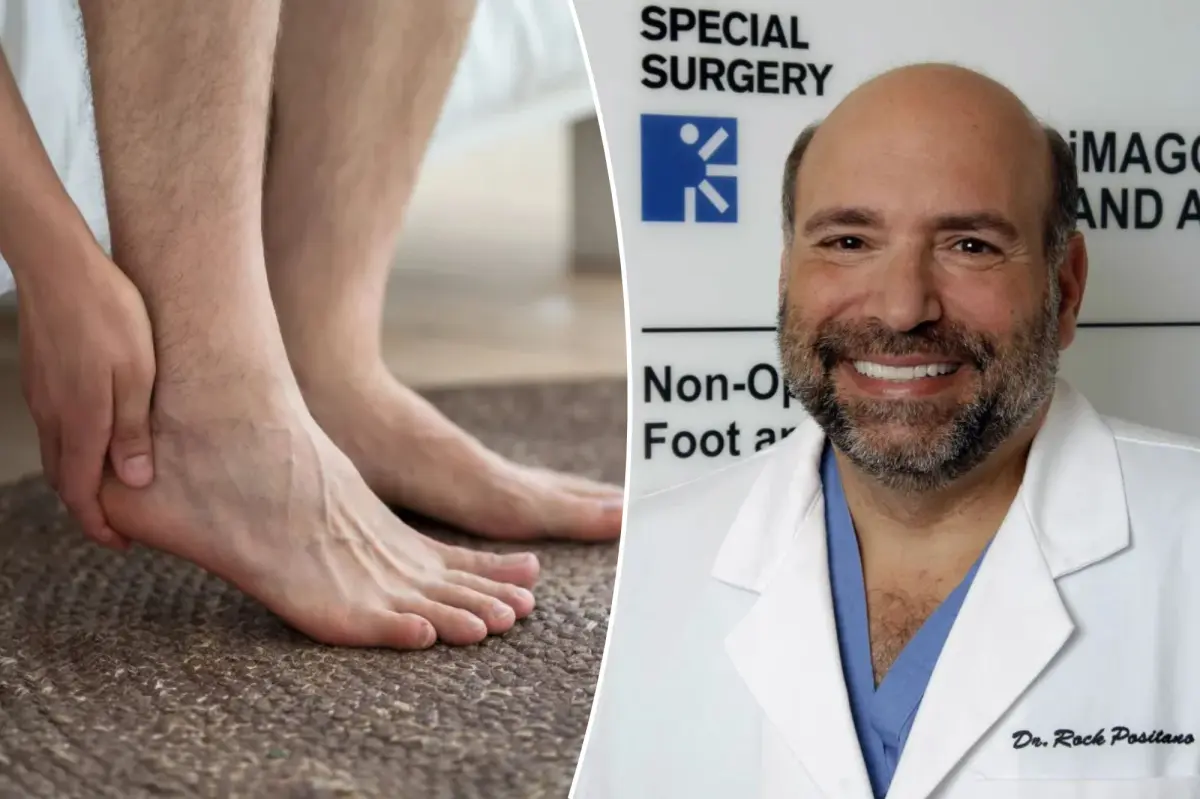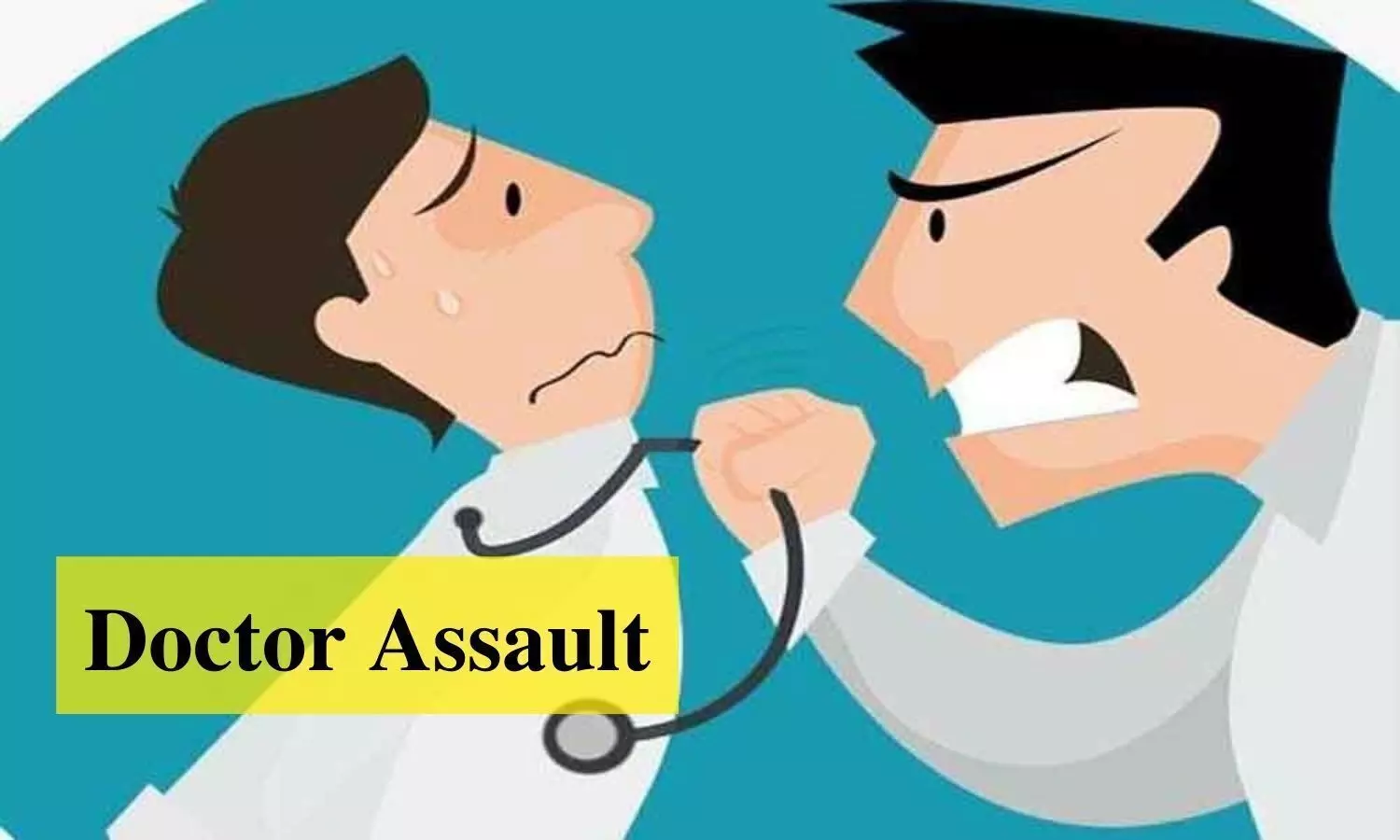Copyright New York Post

Even your heels need some sole-idarity. They may be far away from your major organs, but your feet can hold major clues about your health — especially if you’re dealing with one key symptom that’s frequently brushed off. The common issue could be a warning sign of several medical problems, including arthritis, blood clots and even heart attacks — but it’s often misdiagnosed, according to one medical expert. “Heel pain is the great impersonator,” Dr. Rock G. Positano, a podiatrist for the Hospital for Special Surgery, told The Post — meaning it can be masking other more serious conditions. For one thing, agony in the foot and heels could be related to disorders that affect the joints and muscles. “Many rheumatologic conditions such as psoriasis, lupus, rheumatoid arthritis and [blood clots] may also present as heel pain,” Positano added. More beneath the surface How, exactly, can such serious issues present with heel pain? It’s largely about how the foot is structured. “The reason that this may be a favorite site for underlying systemic disease is because of the vascularity of the heel,” Positano said. “It has a large blood supply and therefore a favorite site for metastatic cancer spread… and may lead to the development of a stress fracture found in overuse to osteopenia and osteoporosis.” Positano also recommends paying attention to which side any soreness is coming from — or whether it’s happening in both feet, as this can alert doctors to any already existing conditions. “Heel pain on the less dominant sign can be from compensation from knee and hip pain,” he said. “Bilateral heel pain may also be the result of lumbosacral disc disease and stenosis… in the lower back.” Sometimes, the heel pain is the initial problem — but because that pain can make people more sedentary, it can trigger systemic issues like cardiovascular disease, type 2 diabetes, obesity, osteoporosis and depression. It can also create pain elsewhere in other areas. “A painful foot will quite often cause pain and dysfunction elsewhere in the body especially the knee, hip and lower back,” the doc added. How do you know if it’s something worse? Despite roughly 10% of people experiencing heel pain, doctors continually misdiagnose the cause. “All too often, we will evaluate a patient who has heel pain for over a year only to find that there is a more serious underlying problem,” Positano said. “Physicians often misdiagnose [it] as plantar fasciitis based on the clinical exam alone… without performing a diagnostic ultrasound to rule out other possible causes.” Rather than relying on a doctor’s exam, Positano offers and his team use diagnostic ultrasound — which he says “could spare many people an incorrect diagnosis, potentially harmful treatment and needless suffering.” Above all, he urged people to avoid self-diagnosing any discomfort down there. “Don’t trivialize its presence as this pain may have many origins ranging from musculoskeletal trauma to cancer,” Positano warns. “It may not be life threatening but it is certainly quality of life threatening.”



